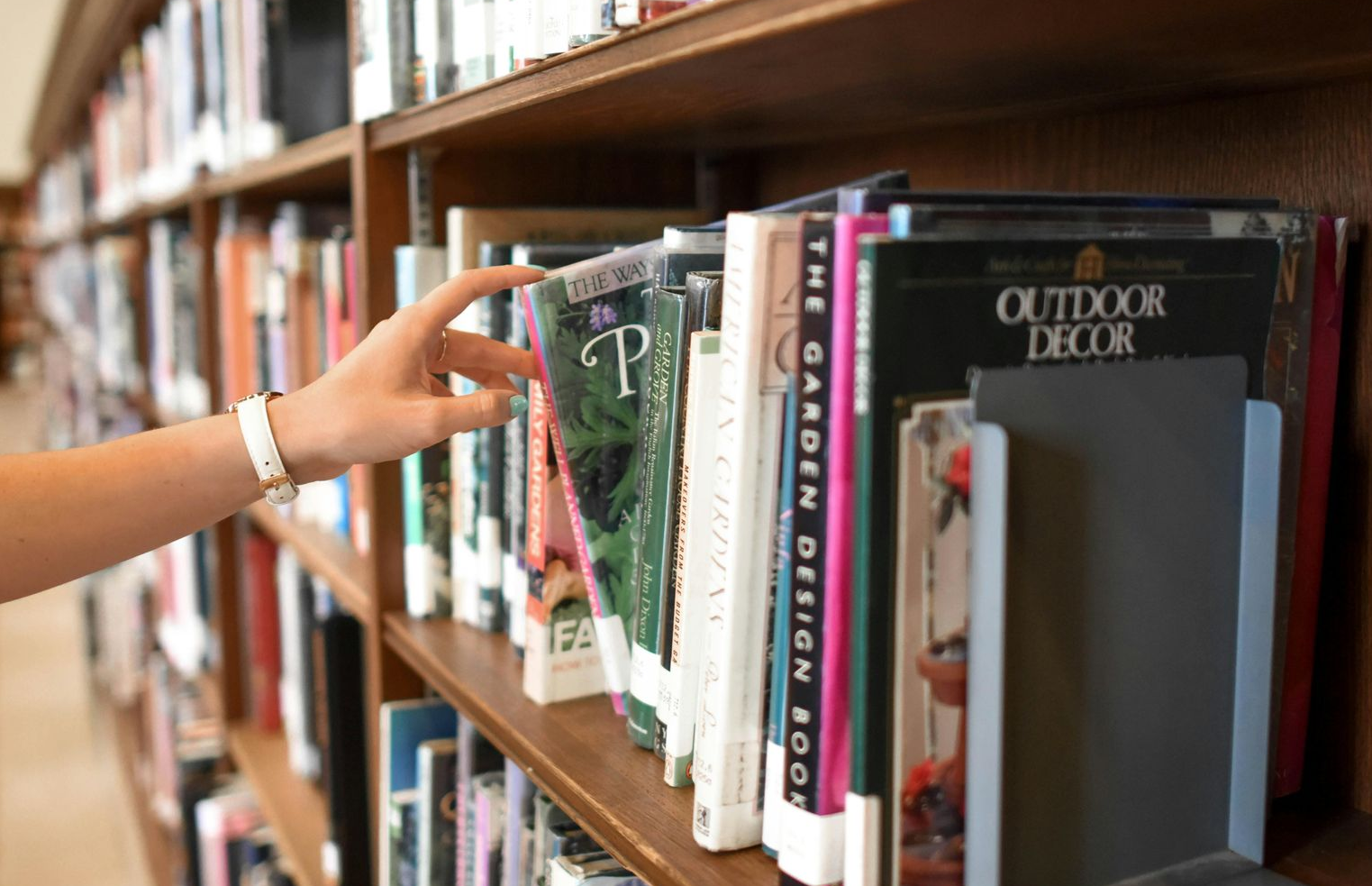College Research and Exploration
Ideally, we'll complete most college research by spring of junior year. Here are two valuable opportunities available right now:
College Visits at Your High School
Most high schools host college representatives throughout the fall. Check your counselor website for the schedule. It is important to note that the person presenting is often the same admissions officer who will review your student's application. Ideally, students should:
- Attend presentations for schools of interest
- Wear something respectable
- Arrive prepared and engaged
- Introduce themselves afterward
- Follow up with a thank-you email expressing continued interest. This personal connection can be especially valuable at smaller colleges.
College Fairs
Regional college fairs provide excellent opportunities to explore multiple schools efficiently. Start doing your research now so you can get some local fairs on your calendar.
Dress code reminder: Students don't need business attire, but should dress respectfully and appropriately.
Building Recommendation Letter Writer Relationships
Students will likely need three types of recommendation letters. Fall of junior year is the perfect time to begin cultivating these relationships:
1. School Counselor
Since counselors often work with hundreds of students, your student should proactively build rapport. I recommend scheduling a brief meeting to discuss college plans and goals. This helps counselors write more personalized recommendations.
2. Teacher Recommendations
Best practice includes one STEM teacher (math/science) and one humanities teacher (English/history), typically from junior year classes. Critical point: Good grades alone don't create strong recommendation letters. Teachers need specific examples of character, work ethic, collaboration, and intellectual curiosity. Students should actively participate in class, attend study sessions, and build genuine relationships with potential recommenders.
3. "Other" Recommenders
These are adults outside the school setting who know your student well: dance instructors, youth group leaders, volunteer coordinators, or employers. Students should identify and maintain strong relationships with these potential recommenders throughout the year.

